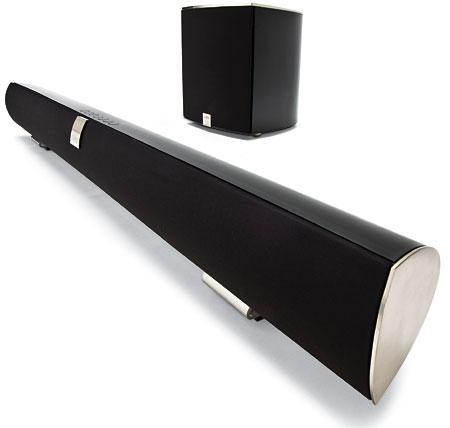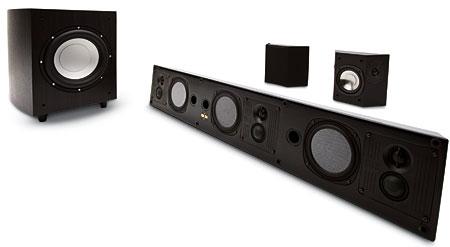|
Aug 09, 2010
|
Jun 14, 2010
|
Jun 14, 2010
|
Feb 08, 2010
|
Jul 27, 2009
|
Jun 15, 2009
|
Apr 20, 2009
|
Mar 30, 2009
|
Jan 12, 2009
|
Aug 25, 2008
|
Jul 27, 2008
|
May 12, 2008
|
Dec 03, 2007
|
Jan 11, 2006
|
Oct 15, 2005 |
First Published: Oct 30, 2005

 Price: $2,350 At A Glance: 41-inch-wide soundbar contains three front channels • Remote-controlled sub with presets • A smooth, warm, unhyped, high-fidelity sound
Price: $2,350 At A Glance: 41-inch-wide soundbar contains three front channels • Remote-controlled sub with presets • A smooth, warm, unhyped, high-fidelity sound


















